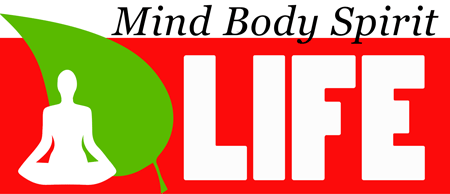3 Reasons You Need Low Angle Sunlight in the Morning

“Let the morning sun shine as a reminder that darkness always gives way to light.”
Picture this: you’re dragging yourself out of bed, looking like a character from The Walking Dead, when someone suggests you should go outside and stare at the sun. Sounds crazy, right? Well, hold onto your coffee mug, because that someone might just be onto something scientifically brilliant.
1. It Reboots Your Circadian Rhythms
Think of your circadian rhythm as your body’s internal DJ – except instead of dropping beats, it’s dropping hints about when to wake up, eat, and hit the hay. Low angle morning sunlight is like hitting the reset button on this biological turntable. According to a 2019 study published in the Journal of Physiological Anthropology, just 15-30 minutes of morning sunlight exposure can shift your circadian rhythm by up to 2 hours.
Here’s the kicker: your eyes have special photoreceptors called intrinsically photosensitive retinal ganglion cells (ipRGCs). Try saying that five times fast! These little champions are specifically tuned to blue light wavelengths present in morning sunlight. They’re basically your body’s very own sunrise welcome committee.
Fun fact: These photoreceptors weren’t even discovered until 2002. Before that, scientists were probably wondering why people felt better after morning sunshine, chalking it up to “good vibes” and “morning person magic.”
2. It Stimulates Cortisol Release
Now, before you say, “Wait, isn’t cortisol that stress hormone everyone’s trying to reduce?” – let me stop you right there. Cortisol is actually your body’s natural espresso shot, and morning sunlight is the barista. Research from the University of Colorado Boulder found that camping for just one week, with natural light exposure, normalized cortisol rhythms in 98% of participants. No alarm clocks needed!
Your body’s cortisol rhythm should look something like this:

Without proper morning light exposure, your cortisol rhythm can look more like a jazz improvisation – chaotic and unpredictable. And nobody wants their hormones doing freestyle jazz.
3. It Stimulates Your Brain to Release Dopamine & Serotonin
Welcome to the happiness cocktail hour, where your bartender is the sun, and the drinks are free neurotransmitters! A groundbreaking study in the Nature Neuroscience journal revealed that morning light exposure increases serotonin levels by up to 800% compared to artificial light exposure.
Let’s break down these happy chemicals:
- Dopamine: The “reward” neurotransmitter that makes you feel accomplished and motivated
- Serotonin: The “well-being” neurotransmitter that regulates mood, appetite, and sleep
Together, they’re like the dynamic duo of good vibes, and morning sunlight is their Bat-Signal.

The Science Behind the Magic
Studies have shown that the optimal time for light exposure is within the first hour of waking. Here’s what happens in your body during those precious morning moments:
| Time Frame | Biological Response |
|---|---|
| 0-5 minutes | Initial melanopsin activation |
| 5-10 minutes | Cortisol production begins |
| 10-20 minutes | Serotonin levels increase |
| 20-30 minutes | Dopamine release peaks |
Practical Tips for Getting Your Morning Light Fix
- Aim for 15-30 minutes of outdoor time within an hour of waking
- Don’t wear sunglasses (unless medically necessary)
- Avoid looking directly at the sun (we want healthy circadian rhythms, not scorched retinas)
- Try to get outside even on cloudy days – you’ll still get about 50% of the benefits
So there you have it – three scientifically-backed reasons to embrace your inner early bird and soak up some morning rays. Your body’s internal DJ, hormone bartender, and happiness chemist will thank you. Remember: The early bird gets the worm, but the early sunbather gets the serotonin. And personally, I’d rather have serotonin than worms any day.




